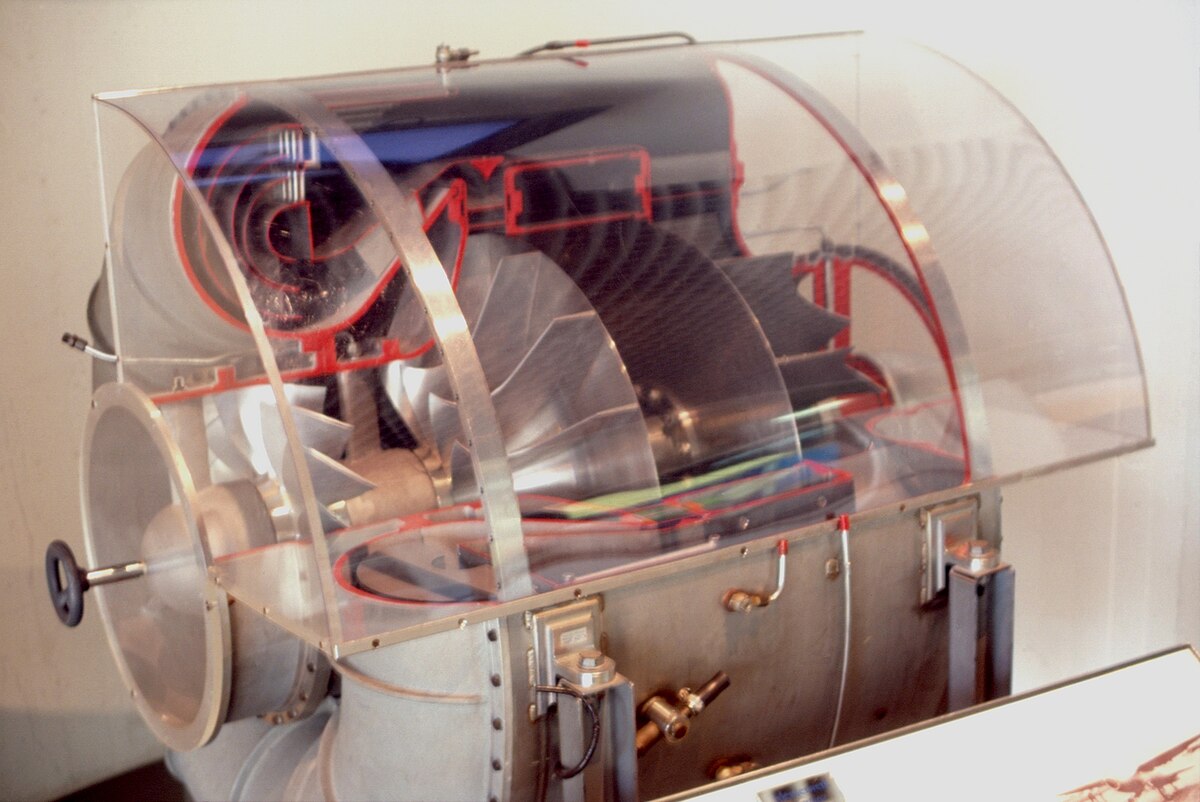- Thread starter
- #21
A better job of fairing the cowl MG 131s, then put a MG 131 inside each wing.
Not great but about twice the firepower of a Ki 43 or about equal to a Ki 44 or many Ki 61s.
AND THEN you get factor in the MG 151/20.
4 of the weaker HMGs + one cannon, or 3 cannons? I'd pick 3 cannons.
Saying that something has much better firepower than the Ki-43 is a damning with a faint praise.
Or if you want, hang a single MG 151/20 under the fuselage
Granted you need the electric primed ammo.
Frontal area is similar to two gondolas? Plus it takes the spot for the drop tank.

